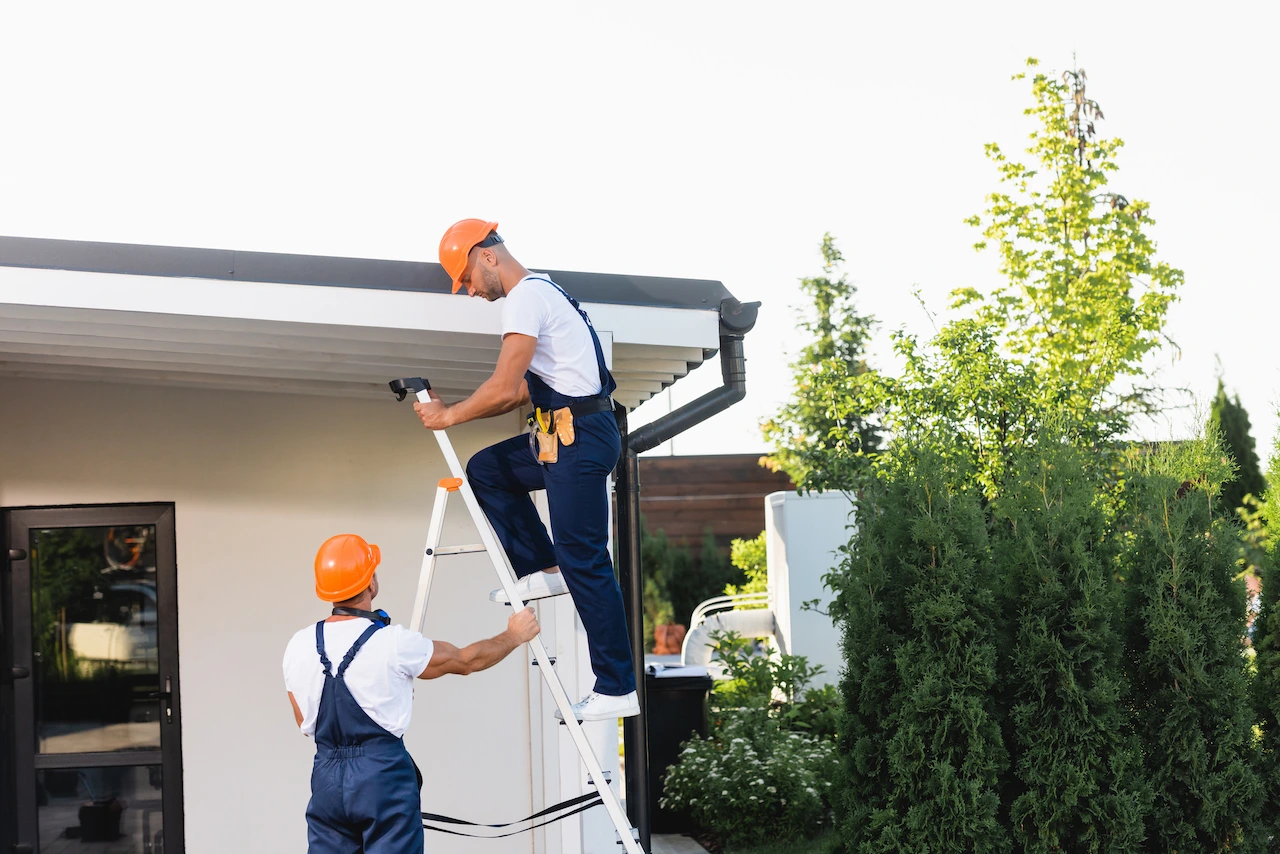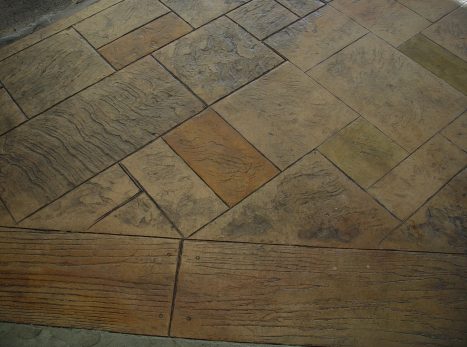Beginners are susceptible to making a few common mistakes during concrete stamping. A few need to do with outlining the task. Others have to do with misjudging the materials, while the rest simply lack familiarity with manipulating stamps and skins.
Through this article, we provide you with an opportunity to learn simple methods. Being in the field of custom concrete design for a long time, we have identified five major concrete stamping mistakes to avoid.
Get to the Basics
Stampers must have a command of the basics of slab design before they begin stamping. We prefer to find out whether it is going to be for indoor or outdoor use. Then we clarify whether it’ll be driven on or walked on. We prefer to ask these essential questions before we begin. We analyze whether it requires a vapor barrier, and accordingly, we put an adequate quantity of sand on the vapor barrier to evaporate the water in all directions. You should also check whether you have a quality mix, matching the psi and the thickness with the kind of work being done on it.
The fewer variables determining your job, the better. For an expected blend on slabs, you’ll be stamping, apply only limestone aggregate, not pea gravel or other rock due to its uniformity and as it doesn’t absorb water, the costlier material is worth it.
Never Form Slippery Surfaces
While planning the job, we ensure that we don’t create slippery slopes. If you’re tearing out a slab that is too slick, and the people couldn’t walk on it, then the slopes will be exceedingly strong, and if it gets moisture on it, the people will fall.
If you wish to avoid creating a slip hazard, you should design a sloping path with steps or a new contour. However, the surface needs sufficient slope for proper drainage, so that algae and moss don’t thrive. Sound drainage requires at least 3/16 inches per foot on a textured surface.
Once it’s time to seal the concrete, a penetrating, water-based sealer forms a less-slippery surface compared to an acrylic coating. However, in the shade, that porous surface entertains moss and algae too, to make the surface slippery.
Interact with the Customer
We can proclaim that no stamping job can be perfect. We also don’t push to sell the product. Rather, we allow the customers to make the decision. But we encourage customers to be well-informed.
We prefer to have a good, frank discussion with them about the results. No one can claim that they can offer you a picture-perfect piece of work. Some cracks could be imminent. The customers need to know upfront that certain imperfections are bound to happen. Accordingly, they shouldn’t be surprised at the end if they find certain things that aren’t perfect.
If customers have chosen the colors and patterns, bring them a few 2-by-2-feet samples. Whenever a customer wants something that’s a poor idea according to the climate, we don’t feel afraid to explain the situation.
Don’t Stamp Over Release Too Early
Quite often, subs throw a colored release down, that stamp is too fast to impact the release into the concrete. Once you come back the next day to wash off the release on the area that was softer, the release gets impacted into the concrete, and you can’t pull it up.
The consequence is more release embedded in the surface where you began the task, less where you finished and a non-uniform color over the slab. Whenever you need to pour a big slab in one go, apply texture skins rather than linked stamps. Without fail, we inform our clients, that you can pour more concrete at one given time by applying a texture skin as there’s no procedure to placing them. An amazing way to begin texturing early is to put down plywood or Masonite to walk on.
Don’t Overpour
Attempting to pour a slab, too big to handle at a time is a common error committed by a novice. If a crew is stamping a very large slab, the stamping may begin off appearing good. However, by the end, it’s challenging to get an impression.
We suggest not pouring more than you can handle and having plenty of help. Weather plays a major role in how much you can do. On a decent weather day, of nearly 75 degrees, once you pour in the morning, you can do 400 to 500 square feet, if you have a complicated pattern. But when it’s hot, you might have to decrease it from 300 to 400. That’s a tough lesson to learn.
Inference Whenever you are doing anything with your concrete slab or want to do some amazing concrete stamping work, feel free to get in touch with us and change the look of your concrete.



